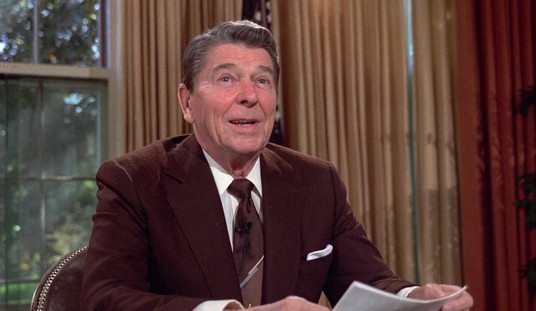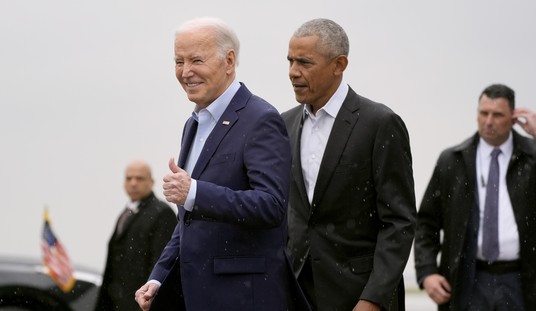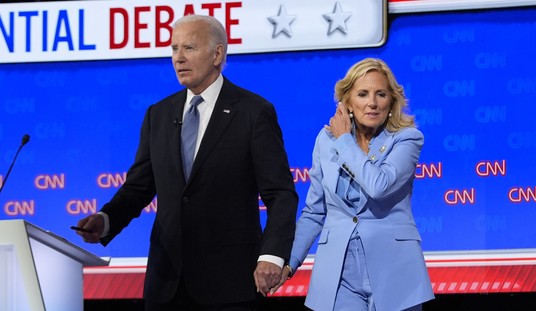On Friday, August 7, 2009, Mohamed Shojaeifard, a 49-year-old Iranian scientist, estranged from his 40-year-old Bangladeshi physician wife, Haleh Mohseni for more than a year, shot her in the abdomen. Shojaeifard did not stop there. He also shot and killed Mohseni’s 65-year-old mother, Batool Biraman—and his own 17 year-old daughter, Mandana, who had just graduated from Roslyn High School and was planning to attend SUNY at New Paltz.
And then he shot and killed himself.
By now, I have read about forty different accounts of the crime which have been repeated 18,300 times on Google. Not a single media account has mentioned this crime as potentially related in any way to culture, ethnicity, religion, immigration, or assimilation. No one raised the possibility that we might be looking at an honor killing of sorts.
In some ways it is a classic honor killing. Shojaiefard was known to have “stalked” his daughter Mandana. “He did not allow her to attend her prom.” According to a neighbor, Shojaiefard “was really violent and kept the mother and daughter as prisoners. The daughter was scared to go to school sometimes because she came covered in bruises. He moved four blocks away, but he drove by all the time, stalking them. It was creepy.”
Most instances of western-style domestic femicide do not often involve a father killing a teenage daughter, especially one whose “honor” he has guarded so zealously or whom he has physically abused. For example, about twelve hours later on the very same day, but clear across the country, in Oildale, California, Robert Dale Fuller, 56, murdered his wife, Annette Sowders-Fuller, 45, and his mother-in-law, Sharon Sue Cannon, 69. But he did not kill his two young daughters, ages five and eight. Nor did he kill himself.
On the other hand, classic honor killings are a family conspiracy and usually involve several family members. Shojaeifard seemingly acted alone. And, he killed himself as well. Most honor killers do not do kill themselves. They do not feel they have done anything wrong; in fact, they believe they have done precisely the right thing.
Just like American-Pakistani born Nawaz Ahmed, who slit his wife’s throat and for good measure, that of her father, sister, and sister’s young child in Ohio in 1999, and Muzammil Hassan, who beheaded his wife in New York in 2009, Shojaeifard was a successful professional, a scientist, an educated man. (Oddly, the list of his academic publications have gone missing in the last 24 hours. From my notes: He is/was listed as a faculty member of Iran University, Science and Technology, and published many academic papers in the area of automotive engineering such as “Thermal Contact Analysis Using Identification Method.”)
Poverty, starvation, having to drive a bus or a taxi for the rest of their days, did not drive these men to kill their wives, mothers-in-law or daughter.
True, these men might have suffered from a psychiatric disorder, refused to take medication, or were driven to violence by medication. Somehow I doubt this. In my view, these men may all have been culturally programmed to torment, beat, and even kill any close female relative who flouted their authority, even in a minor way. The wives in these three cases had all moved for divorce; they had moved out of the home (Bhatti and Mohseni) or had their husband evicted (Aasiya Z. Hassan.) Mandana Shojaeifard attended a mixed-gender public High School and was leaving, not only her father, but her mother too, to live alone and independently at college.
Assuming Ahmed, Hassan, and Shojaeifard all grew up in a country and a culture in which men are taught to feel “unmanned,” shamed, dishonored, when they lose their grip on their women, they would not need a psychiatric disability to explain their familicidal actions.
Interestingly, all the wives involved were also professional, educated women. Ahmed’s wife, Lubaina Bhatti, was a physician—as is Shojaeifard’s wife, Haleh Mohseni. Aasiya Z. Hassan worked alongside her husband in an ambitious media enterprise: Bridges, TV.
What may have killed the teenage Mandana Shojaeifard was her mother’s perceived westernization, assimilation. Haleh got right out from under the control of her most important male relative. And she took her daughter along with her.
Muslim women may be at special risk when they come to the West. They have major incentives to assimilate and, of course, major incentives not to do so. Some say (the esteemed Christopher Caldwell, for one), that second and third generation Muslim-European males prefer arranged marriages to young, illiterate, Old Country girls, and not to assimilated Muslim-European women. However, Caldwell does not provide any statistics for this. Nevertheless, when Muslim women assimilate they either risk being honor murdered—or they risk losing their whole community because they cannot marry within it. They may never have children, and may never exactly “fit” into any other community.
The price of freedom for them may be very high indeed.
Haleh Mohseni, a beloved Bronx family physician, survived the attack. She has lost the two people she loved most: Her daughter, bright with promise, and her emotionally supportive mother. If she has the strength and the courage, she might consider founding a shelter for battered Muslim girls and women, as well as talking to medical, law enforcement, and school officials about what happened to her.
Every young girl she saves will never replace Mandana—but they will all call her “mother.”
________________________________________









Join the conversation as a VIP Member